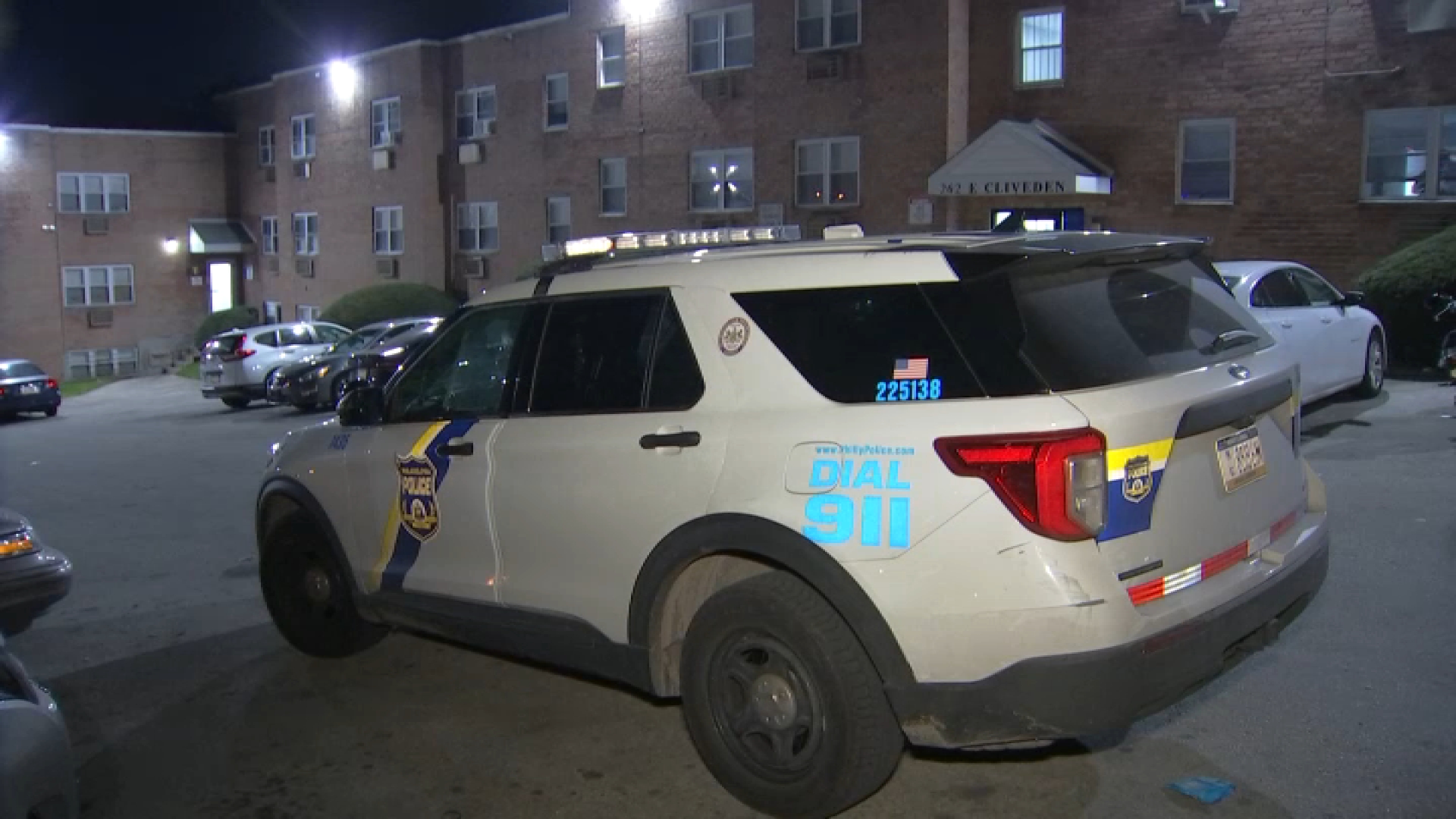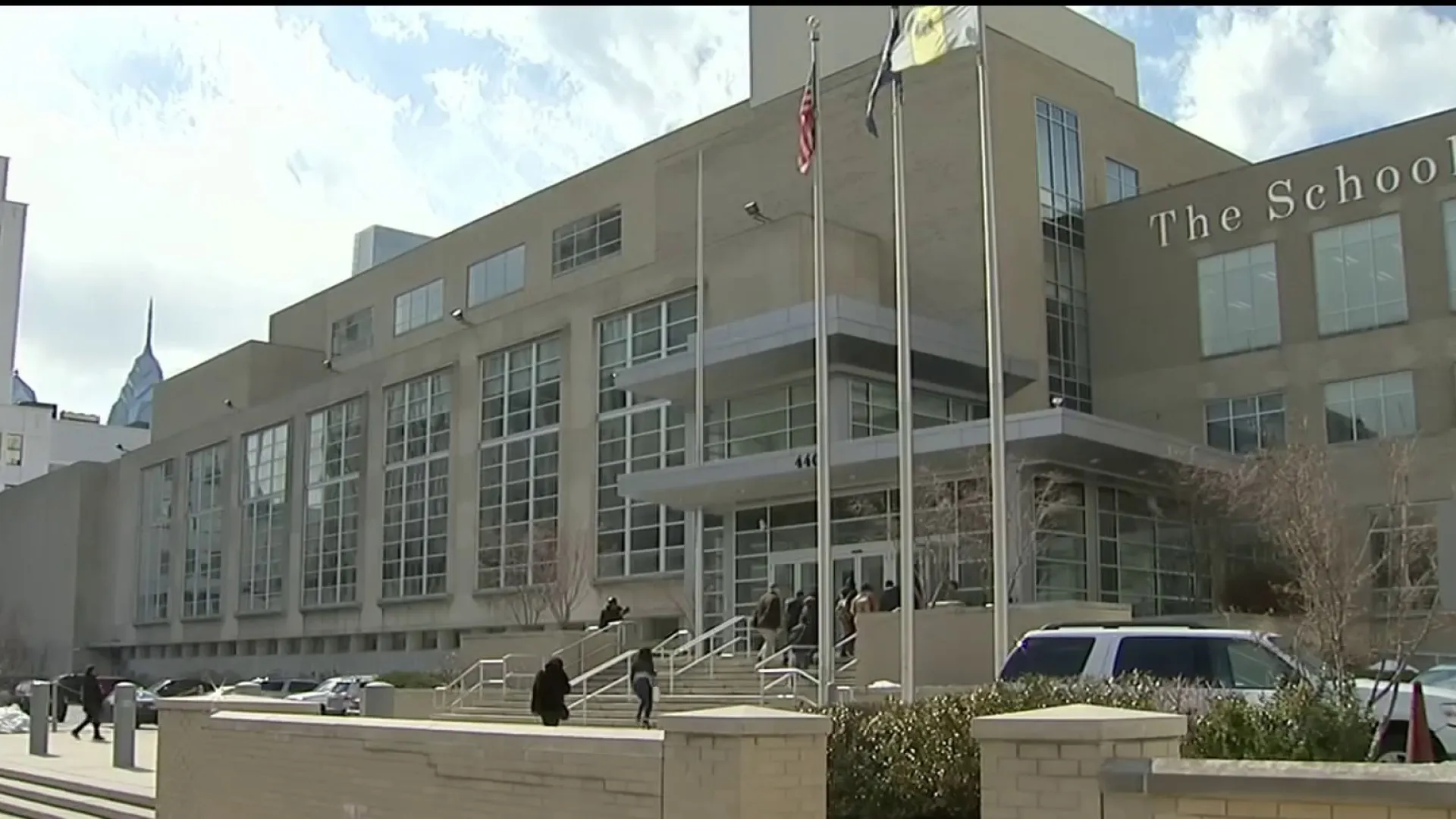Philadelphia Police have seen a drastic decline in the number of officer-involved shootings in the several months since the department implemented nearly all of the recommendations issued in a March Department of Justice use-of-force review.
Police Commissioner Charles Ramsey joined federal officials from the DOJ on Tuesday to announce that 90 percent of the 91 recommendations issued in the DOJ report have been implemented or are in progress.
Ramsey requested the review in 2013, when Philadelphia saw a sharp uptick in police-involved shootings.
Compared with that year, Ramsey said police-involved shootings have decreased drastically as new training programs and other changes were put into effect in Philadelphia. In 2013, Ramsey said, 11 people were killed in police shootings. So far this year, two have died in police shootings -- a decrease of more than 80 percent.
Ramsey said both deadly police shootings this year were justified.
Overall, shootings by Philadelphia police officers injuring offenders also declined, Ramsey said. In 2013, 24 people were wounded by police gunfire. This year, so far, there have been only eight people shot by police -- a 67 percent decline.
Despite the drop in police shootings, Ramsey said, the number of offenders opening fire on police has increased in 2015 compared with 2013. In 2013, Ramsey said, six offenders shot at police. So far this year, seven have. Two officers have been injured by gunfire, and a third, Sgt. Robert Wilson III, was shot to death during a robbery in North Philadelphia in March.
Ramsey and other officials attributed the declines to an improved field-training program that puts officers in simulated real-life shooting scenarios, captures them on video, and then allows officers to watch themselves and critique their reactions.
He said another major change that's in progress is an effort to make Pennsylvania State Police the primary investigative agency of shootings involving Philadelphia police officers. Currently, Philadelphia's own Internal Affairs Bureau and detectives serve as the lead investigators on officer-involved shootings.
Local
Breaking news and the stories that matter to your neighborhood.
Ron Davis, director of the federal Office of Community Oriented Policing Services, which headed the review, praised the progress made in Philadelphia and said it will become a model for other cities.
"Their progress is nothing less than amazing," Davis said. "Because of their effort, we're now making this department a national model."
In March, after an intensive review of nearly 400 officer-involved shootings dating back to 2007, the DOJ issued a scathing report, saying the review identified "serious deficiencies" in key areas. The report recommended, among other things, a field training program for officers and better practices for debriefing officers involved in shootings.
The shootings, involving mostly black suspects and 96 deaths, have contributed to "significant strife and distrust" between the department and the community and require intensive retraining in the use of force and community-oriented policing, a Justice Department assessment team said.
The review — already underway as police shootings last year in Ferguson, Missouri, and Cleveland heightened national focus on the issue — found Philadelphia's investigations into officer-involved shootings lacked consistency, focus and timeliness and recommended a single, specially trained investigative unit to handle them.
It found wide disparities in crime scene photography and documentation, the use of typed notes summarizing interviews instead of audio and video recordings, and an internal affairs shooting team that waits months until after the district attorney clears an officer before interviewing him or her.
"What we're doing here today is a start," said Philadelphia Police Commissioner Charles Ramsey, who made similar recommendations this month for departments across the country as co-chairman of a White House task force on modern policing. "You can't fix something until you recognize and acknowledge that it exists."
Ramsey requested the federal review in May 2013 after four straight days of police-involved shootings in Philadelphia, three of them fatal. The review period coincided with a drop in fatal police shootings, from an eight-year high of 16 in 2012 to an eight-year low of four in 2014.
"We need to lower all the numbers," Ramsey said at a news conference. "Folks need to stop killing each other."
The Justice Department team found Philadelphia officers mistakenly perceived blacks as a threat at more than twice the rate of whites, contributing to community distrust, and recommended the department double community policing training at its academy, with a focus on cultural immersion and recognizing biases.
The assessment team found that 81 percent of suspects involved in shootings were black, while 8 percent were white. For officers, 34 percent involved in shootings were black and 59 percent were white.
Philadelphia as a whole is 43 percent black and 41 percent white, according to the 2010 census. The makeup of the Philadelphia Police Department is 34 percent black and 56 percent white.
"These racial disparities have created a deep mistrust of law enforcement in communities of color," said Reggie Shuford, executive director of Pennsylvania's American Civil Liberties Union chapter. "The police department must begin to repair this relationship by emphasizing de-escalation and mutual respect in their interactions rather than relying on force."
Officers interviewed for the assessment consistently mentioned fear for their lives as sufficient justification for using deadly force.
That notion, running counter to Philadelphia police policy, which does not include the word "fear," and court rulings that require an "objectively reasonable belief" that lives are at immediate risk, appeared to stem from the department's lack of regular, consistent training on its deadly force policy, the assessment found.
Annual firearms refresher courses focusing on tactics and targets vary widely based on instructor and include only cursory mentions of the deadly force policy, the assessment found.
Officers are required to complete a 20-question multiple-choice test on use of force at the end of their annual firearms qualification but just one of them pertains to deadly force, the assessment found. They last received any form of in-depth training on the subject in 2010.
The report recommends that officers receive more reality-based training and incorporate de-escalation techniques in the training.
"It's not saying that there's an absence of training but just that we need more," Ramsey said.
A team of Justice Department researchers and analysts spent a year on the assessment. They developed 91 recommendations and will help the department implement them over the next 18 months and issue two progress reports.
The Justice Department's announcement came days after the city's district attorney declined to charge officers in a police-involved shooting in December of a suspect who reached into a car for a gun.
Residents protesting the decision and demanding the names of the officers fought with police and threw chairs at a community meeting Thursday. Ramsey called the display an embarrassment and said it reinforced his decision not to make the officers' names public.
A small group of protesters outside the news conference Monday again pleaded with Ramsey to release the officers' names. He didn't answer them.



